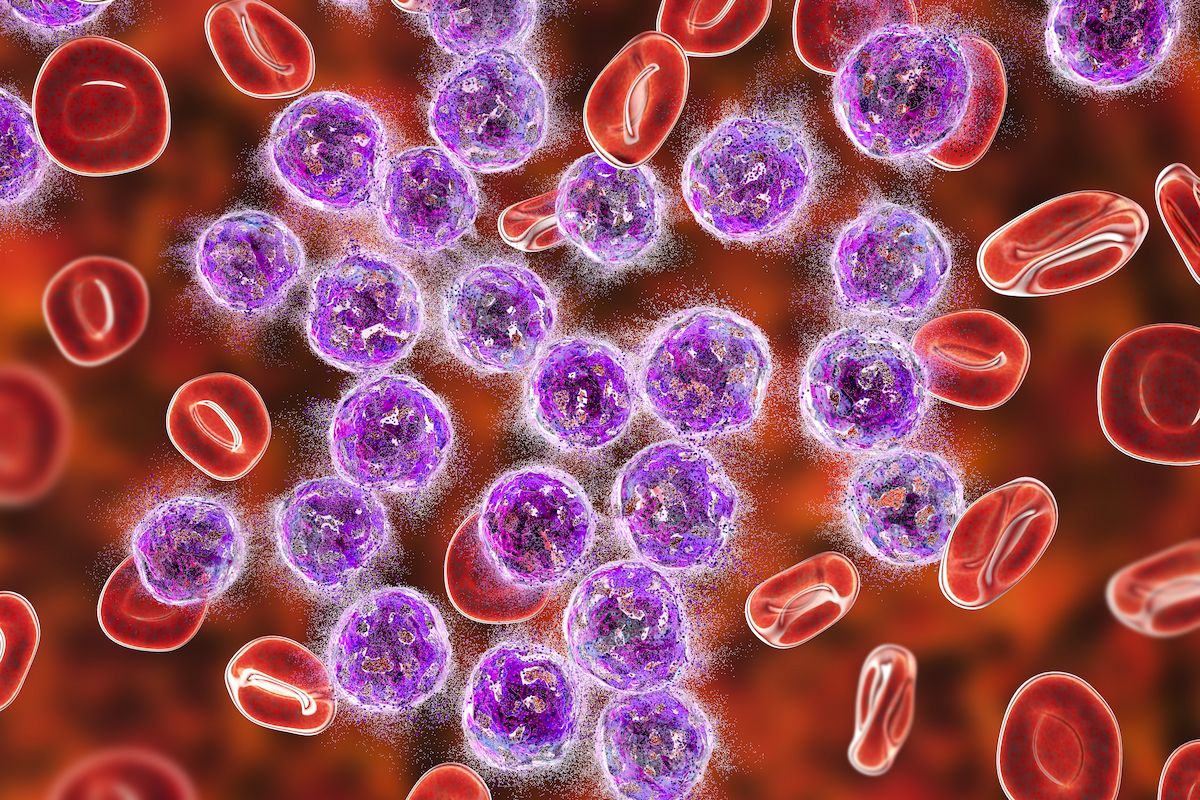LOTIS-9 Trial in DLBCL Pauses Enrollment Due to Respiratory Toxicities
Investigators of the LOTIS-9 trial are assessing loncastuximab tesirine plus rituximab for the treatment of unfit or frail patients with untreated diffuse large B-cell lymphoma.
The phase 2 LOTIS-9 trial (NCT05144009) assessing loncastuximab tesirine-lpyl (Zynlonta) and rituximab (Rituxan) in unfit or frail patients with previously untreated diffuse large B-cell lymphoma (DLBCL) has paused enrollment following adverse safety signals, according to a press release from ADC Therapeutics.
The decision came after an assessment of aggregate data from the 40 patients enrolled so far, and input from the data monitoring committee. The review identified a potentially excessive number of respiratory-related treatment-emergent adverse effects (TEAEs), including 7 instances of grade 5 fatal TEAEs and 5 respiratory-related grade 3/4 TEAEs. Investigators determined that 11 of these 12 toxicities were unlikely to be or unrelated to loncastuximab or rituximab, including 6 of the 7 fatal grade 5 toxicities. All but 1 of the grade 3/4 toxicities have resolved, and the affected patients have completed treatment.
As of the data cutoff on May 10, 2023, the LOTIS-9 trial included 30 patients with a median age of 82 years old.

Investigators will continue to assess the cause of these safety signals.
The fatal events only occurred in patients with at least 1 significant underlying respiratory and/or cardiac comorbidity, including severe chronic obstructive pulmonary disease, pulmonary edema, chronic bronchiectasis, idiopathic pulmonary fibrosis, or recent COVID-19 infection. The affected patients had a mean age of 82.7 years, and all were 80 years of age or older. The mean time from the last dose to death was 51 days (range, 19-86).
“Our top priority is the safety of every patient who participates in our clinical trials,” Ameet Mallik, chief executive officer at ADC Therapeutics, said in the press release. “Given the aggregate of the respiratory-related events seen in the trial, we implemented a voluntary pause of enrollment to allow for a thorough investigation of the data set. This trial includes a very difficult-to-treat patient population with limited treatment options, and we will provide an update on next steps when available.”
As of the data cutoff on May 10, 2023, the LOTIS-9 trial included 30 patients with a median age of 82 years old (range, 72-92). Most patients (66.7%) were male and had either stage III (43.3%) or stage IV (26.7%) disease.
Early efficacy data published in the press release included an overall response rate (ORR) of 94.1% (95% CI, 71.3%-99.9%) and a complete response (CR) rate of 58.8% (95% CI, 32.9%-81.6%). Disease progression had not occurred in any patients as of the release of these findings, and 6 patients (35.3%) had experienced a partial response.
The primary end points of LOTIS-9 trial are the CR rate and the number of patients who complete 4 cycles of response-adapted treatment in cohort B, which includes those with frailty or cardiac comorbidities. Secondary end points include ORR, 2-year progression-free survival, 3-year overall survival, duration of response, and the safety profile.
Patients are required to have measurable disease according to the 2014 Lugano classification to be eligible for inclusion. Patients also needed to have an ECOG performance status of 0 to 2; those with a status of 3 could be included only if their decline in status was related to lymphoma and deemed potentially reversible. Adequate organ function was another inclusion criterion.
Any prior therapy for DLBCL, high-grade B-cell lymphoma, or grade 3b follicular lymphoma were also grounds for exclusion. Patients were also excluded if they had lymphoma with any active central nervous system involvement, including leptomeningeal disease, at screening.
References
ADC Therapeutics announces voluntary pause of enrollment in the phase 2 LOTIS-9 clinical trial of ZYNLONTA® (loncastuximab tesirine-lpyl) and rituximab in unfit or frail previously untreated DLBCL patients. News Release. ADC Therapeutics SA. July 11, 2023. Accessed July 13, 2023. https://bit.ly/3PRTv2X
Highlighting Insights From the Marginal Zone Lymphoma Workshop
Clinicians outline the significance of the MZL Workshop, where a gathering of international experts in the field discussed updates in the disease state.